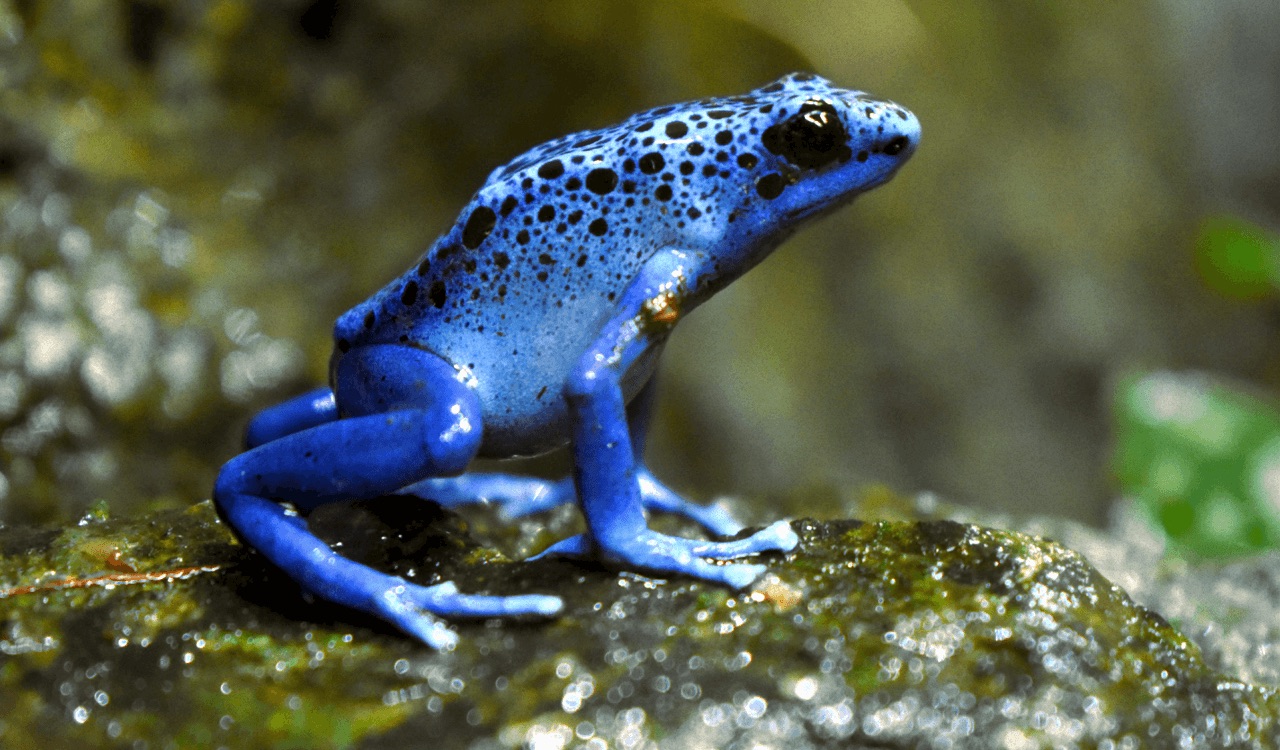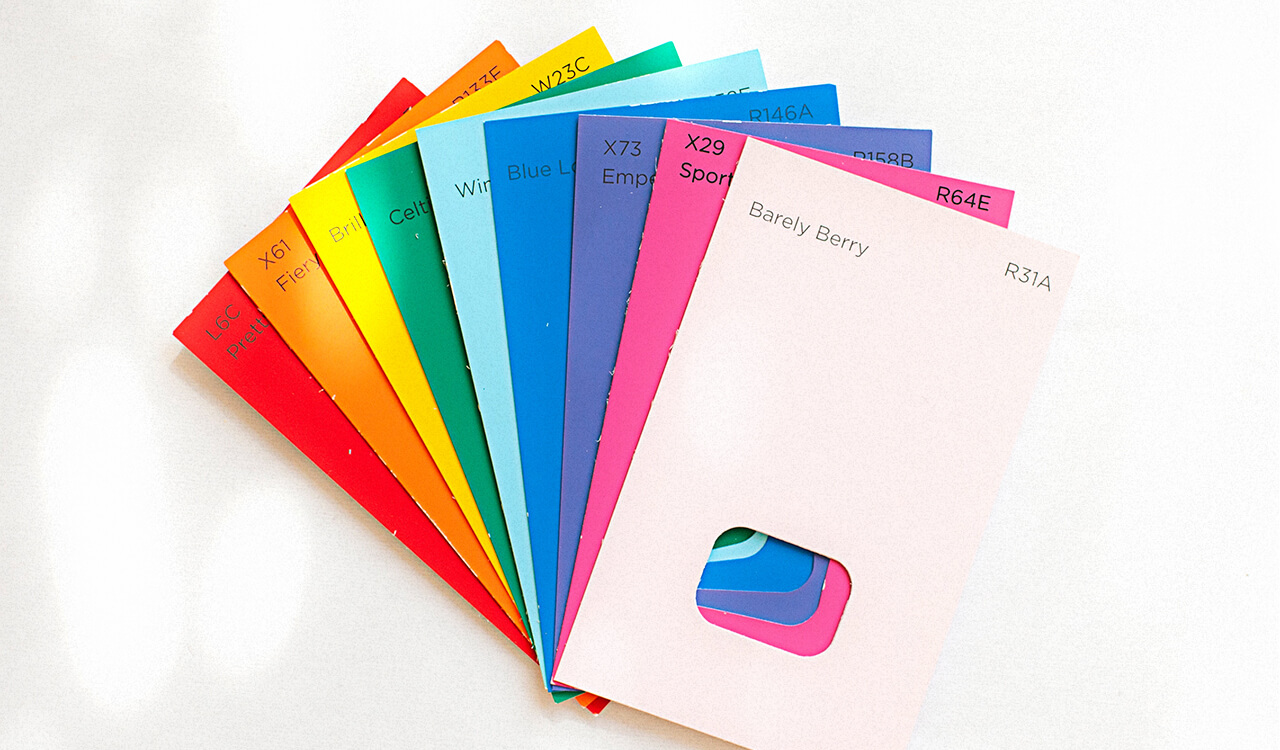Colors have meaning. Humans and animals alike use colors to communicate different things. Red means stop, green means go. Plenty of reptiles and amphibians are brightly colored to signal to predators that they are dangerous (ahem…I’m venomous/poisonous so don’t eat me).

As humans have learned to associate colors with specific meanings or even emotions, is it possible to use color to influence our behaviors or moods?
The answer is an emphatic Yes!
Psychologists have been studying color for many years, but the research around color theory has been somewhat random and difficult to get consistent results.
That being said, if you’re wondering which color can help you study, research points towards blue. This calming hue is known to stimulate the mind, aid concentration, and reduce stress, making it an ideal color choice for your study environment.
Keep reading to learn more about how colors can influence our behaviors and actions.
The psychology of colors
How do humans interpret colors? British chemist and science writer, Hazel Rossotti, says this:
“…colour is a sensation, produced in the brain, by the light which enters the eye; and that while a sensation of a particular colour is usually triggered off by our eye receiving light of a particular composition, many other physiological and psychological factors enter in.”
Basically, color is a lot more complicated than we think.
Science can’t draw a simple line that says ‘Red = stress’ or ‘Blue = calm’. There are many outside factors from physical surroundings to one’s life experience to consider. What we do know is that colors can elicit an emotional response from us, and those emotions will impact our physiological and psychological state.

What has science found?
Color is not just one single thing – all colors come in varying hues, saturations, and levels of brightness. A 2018 study that took these three variants into account found that the brighter, more saturated colors had a stronger emotional affect on their study participants.
The Journal of Physiological Anthropology published a study that looked at participant’s EEG measurements while they looked at different colors. They tested red, green, and blue. The EEGs showed higher numbers when participants looked at red versus the blue or green.
The study concluded that, “Red paper’s effect to activate the central cortical region with regard to perception and attention was considerably more distinguishable than was the biological activating effect of bluish light in our study.”
The Journal of Physical Therapy Science published a study from Korea that looked at how different color temperatures affected children while they worked on puzzles. In the study, they specifically measured brainwave activity while the children worked under different colored lamps. They found that the subjects’ emotional reaction to a color had more effect on their performance than the brainwave patterns resulting from that color.
One important thing to remember about color: our associations with specific colors are heavily influenced by our society and culture. For example, in the United States, black is often associated with death and we traditionally wear black to funerals. In China, white is the color associated with death and white is the traditional mourning color.
What does this mean for better studying?
Most of us can’t have a productive study session when we’re overly angry or upset. While no study has definitely told us that if you study in a blue room, you’re going to ace that test, you absolutely can experiment with color to tweak your study sessions.
A pop of red may help you become more alert and focused, but too much of it could be overwhelming and stress you out. If you’re amped and angry, blue may help calm you down and achieve a more zen-like mood. Feeling sad? Yellow is often associated as the go-to ‘happy’ color.
Behavioral science is tricky. Many findings are unable to be replicated across various studies and participants. That doesn’t mean it’s all fake, but it means that scientists cannot empirically say with 100% certainty that x = y.
Just like listening to music while studying, or filling your room with plants, using color theory to adjust your study habits is a personal choice.
If you’re finding your study sessions becoming more and more difficult to get through or start, try experimenting with colors. You don’t have to repaint a room, but maybe change your computer’s background picture, hang something new in view, or wear a different colored shirt.

 learning science
learning science